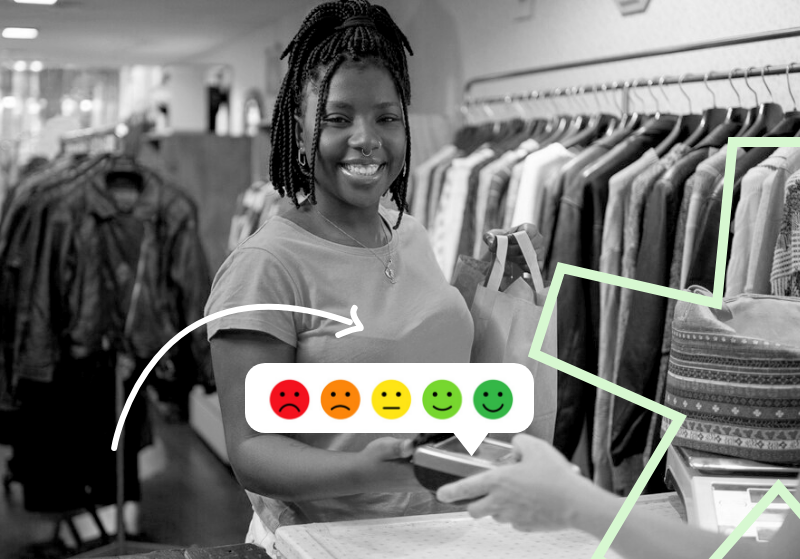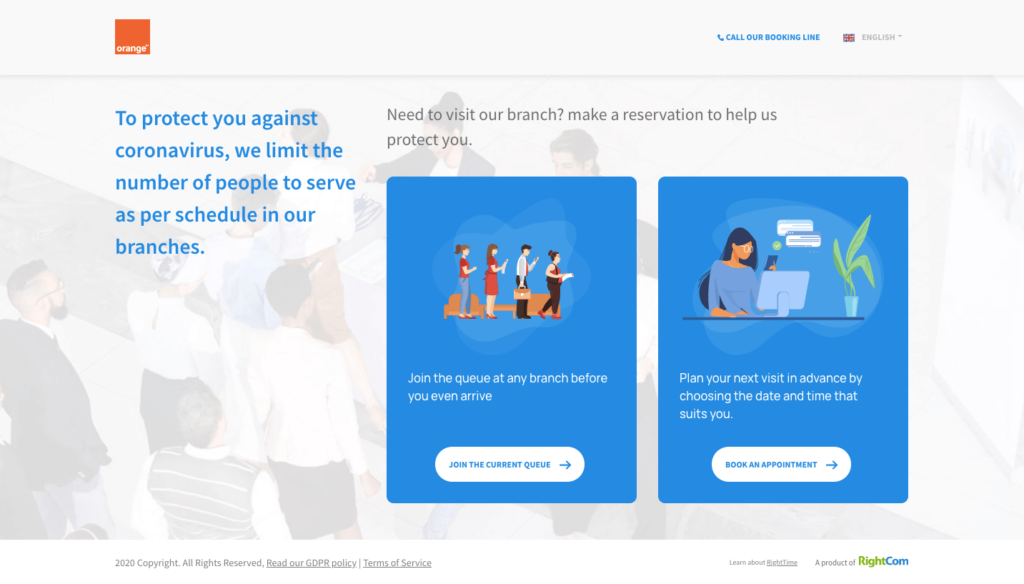No customer satisfaction = No retention= Shrinking customer base = Plummeting profits
“I am not satisfied”
This is a phrase you never want to hear from your customers. Yes, as a brand, you need a great product. You need a competitive price. However, the future belongs to the experience around your product or service. Walker Consulting predicts that experience will be the key differentiator by 2020. Not the price nor the product itself. It will first and foremost be about the experience – and customer satisfaction – you provide. The good folks at Walker also discovered that 86% of consumers are willing to pay more for a better customer experience. Businesses are going to focus on customer satisfaction and experience. Consumers are actively looking for those brands that deliver on the promise.
It is critical for brands to understand and live by the concept of Customer satisfaction. Customer Satisfaction is actually about more than a money-back guarantee. In this article, we will discuss customer satisfaction. We will delve into what it is, and why it’s important for your business to start measuring.
“It comes down to how your customer experiences the brand – and how that brand makes a person feel.” ~ Alex Allwood, The Holla Agency
Customer Satisfaction Definition
At its most basic, customer satisfaction measures how your product, service, and overall experience either falls short, meets, or exceeds customer expectations. This metric is usually calculated by deploying a customer satisfaction survey. This survey asks how a customer feels about a support interaction, purchase, or overall customer experience. These answers range from “highly unsatisfied” and “highly satisfied” to choose from. These answers are on a five or seven-point scale. How you measure it varies from business to business. Some may base it entirely on retention and repeat customers while others may create a numerical value based on data and/or customer feedback.
Importance of Customer Satisfaction
- CSAT improves customer retention: The happier your customers are, the better your customer retention will be. After all, happy customers won’t have much reason to turn to competitors, so long as you keep them satisfied. By measuring CSAT, you can look at individual customer needs and create personalized offers for users who are likely to churn. It optimizes your chances by providing you with relevant information about the customer’s experience with your brand.
- CSAT leads to customer advocacy: If your business has positive customer satisfaction, then you have customers who are loyal to your brand. These customers will refer new leads to your company and generate more testimonials for your marketing team.
- It guides product updates: Negative customer reviews act as alerts that let you know when a product or service has a problem that needs to be fixed. Your product development teams monitor CSAT to identify these issues and quickly resolve them.
- It helps marketers to attract new leads: Most customers are more likely to trust their peers than they are to trust marketing. In fact, 71% of customers are more comfortable with a purchase after reading a positive company review. But without great customer satisfaction, your company won’t have these reviews to share. Your marketers should rely on customer testimonials to attract new leads to your business.
- It helps you to forecast and work proactively: Without measuring CSAT and similar customer success metrics, it’s hard for customer success teams to plan and inform priorities. Without metrics to inform how healthy (or unhealthy) your customer base is, customer success teams can’t work with Sales to improve customer expectations, with Product to incorporate product feedback, or Marketing to improve the end-to-end customer experience.
In Conclusion
If you don’t measure customer satisfaction, you can’t identify unsatisfied customers that could leave you negative customer reviews. Or simply put, leave you. You also cannot identify happy customers you could turn into brand influencers. Finally, you cannot predict or prevent customer churn to plan proactively without metrics to analyze.
Without measuring CSAT and similar customer success metrics, it’s hard for customer success teams to plan and inform priorities. Without metrics to inform how healthy (or unhealthy) your customer base is, customer success teams can’t work with Sales to improve customer expectations, with Product to incorporate product feedback, or Marketing to improve the end-to-end customer experience. That’s how you improve. That’s how you grow. And that’s how you turn customers into repeat customers and repeat customers into cheerleaders.
In our next post, we will discuss CSAT methodologies and tools as well as ways to deal with difficult customers, and some FAQs on CSAT. You can check out our free Covid 19 solutions to improve your #customer experience.
Click the button below to stay updated with our latest news




